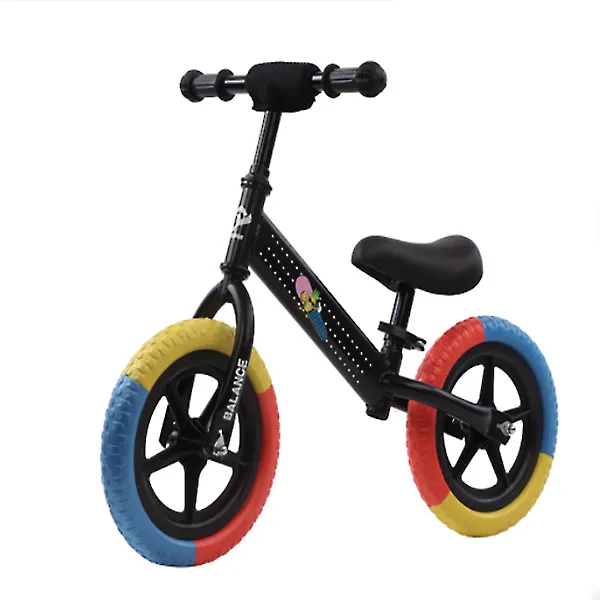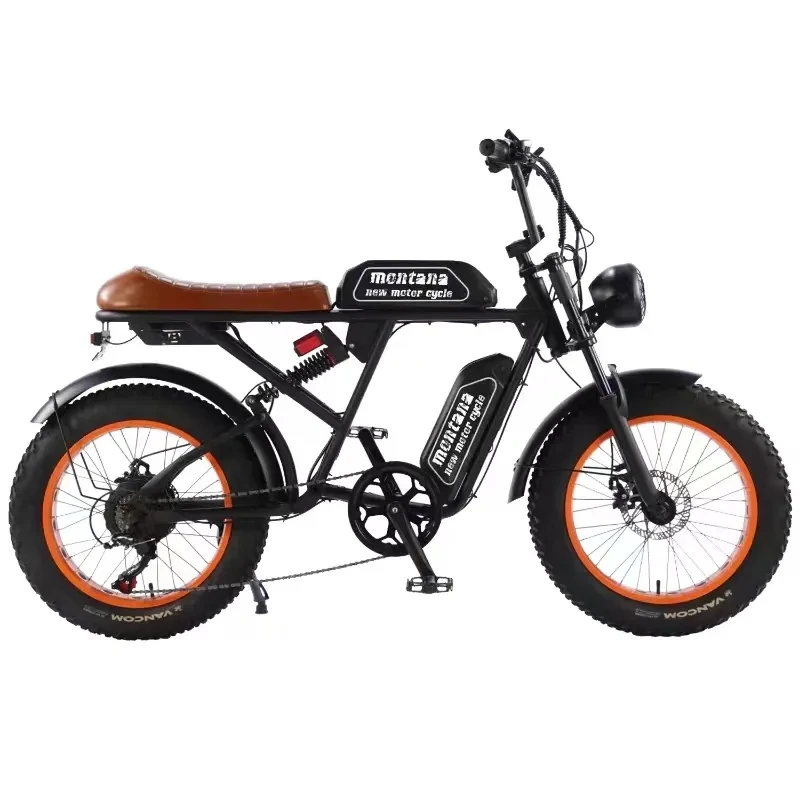
- Afrikaans
- Albanian
- Amharic
- Arabic
- Armenian
- Azerbaijani
- Basque
- Belarusian
- Bengali
- Bosnian
- Bulgarian
- Catalan
- Cebuano
- Corsican
- Croatian
- Czech
- Danish
- Dutch
- English
- Esperanto
- Estonian
- Finnish
- French
- Frisian
- Galician
- Georgian
- German
- Greek
- Gujarati
- Haitian Creole
- hausa
- hawaiian
- Hebrew
- Hindi
- Miao
- Hungarian
- Icelandic
- igbo
- Indonesian
- irish
- Italian
- Japanese
- Javanese
- Kannada
- kazakh
- Khmer
- Rwandese
- Korean
- Kurdish
- Kyrgyz
- Lao
- Latin
- Latvian
- Lithuanian
- Luxembourgish
- Macedonian
- Malgashi
- Malay
- Malayalam
- Maltese
- Maori
- Marathi
- Mongolian
- Myanmar
- Nepali
- Norwegian
- Norwegian
- Occitan
- Pashto
- Persian
- Polish
- Portuguese
- Punjabi
- Romanian
- Russian
- Samoan
- Scottish Gaelic
- Serbian
- Sesotho
- Shona
- Sindhi
- Sinhala
- Slovak
- Slovenian
- Somali
- Spanish
- Sundanese
- Swahili
- Swedish
- Tagalog
- Tajik
- Tamil
- Tatar
- Telugu
- Thai
- Turkish
- Turkmen
- Ukrainian
- Urdu
- Uighur
- Uzbek
- Vietnamese
- Welsh
- Bantu
- Yiddish
- Yoruba
- Zulu
Feb . 13, 2025 13:17 Back to list
mountain bike downhill bike
Downhill mountain biking is a thrilling sport that pushes the boundaries of technical skill and physical endurance. As gravity takes the rider on an exhilarating descent, the performance of the downhill mountain bike becomes paramount. Through years of hands-on experience and industry expertise, it's clear that the selection of the right downhill mountain bike can significantly enhance a rider's capability and safety on challenging terrains.
Ergonomics also play a pivotal role, impacting rider comfort and control during rides. Adjustments such as handlebar height, saddle positioning, and pedal configuration can significantly affect a rider’s performance. Personalizing these components to fit the rider's unique body geometry and preferences can lead to a more enjoyable and less fatiguing experience on the trails. Moreover, the integration of technology in modern downhill mountain bikes has enhanced their performance capabilities. Many bikes are equipped with telemetry systems that allow riders to analyze their ride data, offering insights into speed, brake efficiency, and suspension performance. This data-driven approach helps riders refine their techniques and equipment setup for optimal performance. Ultimately, a downhill mountain bike is much more than the sum of its parts; it represents a fusion of advanced technology, precision engineering, and rider customization. Professionals and enthusiasts alike recognize that investing in a high-quality downhill bike is an investment in safety, performance, and enjoyment. As brands continue to innovate and push the boundaries of what’s possible, the future of downhill bikes looks promising, yet through it all, the core elements of durability, stability, and control remain as pivotal as ever. Choosing the right downhill mountain bike involves aligning personal riding style with the technical features offered by the bike. Consulting with experienced riders or expert retailers can provide valuable insights into selecting a bike tailored to specific needs and trail conditions. With the right equipment, riders can confidently tackle the most daring descents, turning every ride into an unforgettable adrenaline-filled adventure.


Ergonomics also play a pivotal role, impacting rider comfort and control during rides. Adjustments such as handlebar height, saddle positioning, and pedal configuration can significantly affect a rider’s performance. Personalizing these components to fit the rider's unique body geometry and preferences can lead to a more enjoyable and less fatiguing experience on the trails. Moreover, the integration of technology in modern downhill mountain bikes has enhanced their performance capabilities. Many bikes are equipped with telemetry systems that allow riders to analyze their ride data, offering insights into speed, brake efficiency, and suspension performance. This data-driven approach helps riders refine their techniques and equipment setup for optimal performance. Ultimately, a downhill mountain bike is much more than the sum of its parts; it represents a fusion of advanced technology, precision engineering, and rider customization. Professionals and enthusiasts alike recognize that investing in a high-quality downhill bike is an investment in safety, performance, and enjoyment. As brands continue to innovate and push the boundaries of what’s possible, the future of downhill bikes looks promising, yet through it all, the core elements of durability, stability, and control remain as pivotal as ever. Choosing the right downhill mountain bike involves aligning personal riding style with the technical features offered by the bike. Consulting with experienced riders or expert retailers can provide valuable insights into selecting a bike tailored to specific needs and trail conditions. With the right equipment, riders can confidently tackle the most daring descents, turning every ride into an unforgettable adrenaline-filled adventure.
Next:
Latest news
-
The Ultimate Kids' Four-Wheeler Experience
NewsJul.09,2025
-
The Ultimate Guide to Mountain Bikes: Gear Up for Your Ride
NewsJul.09,2025
-
The New Age of Cycling: Electric Bikes for Every Rider
NewsJul.09,2025
-
The Best Kids Bicycles: Ride in Style and Safety
NewsJul.09,2025
-
The Best 3-Wheel Scooters for Kids: Fun, Safety, and Adventure
NewsJul.09,2025
-
Revolutionize Your Ride: Affordable Electric Bikes
NewsJul.09,2025
-
Finding the Perfect Mountain Bike for Every Rider
NewsJul.09,2025



